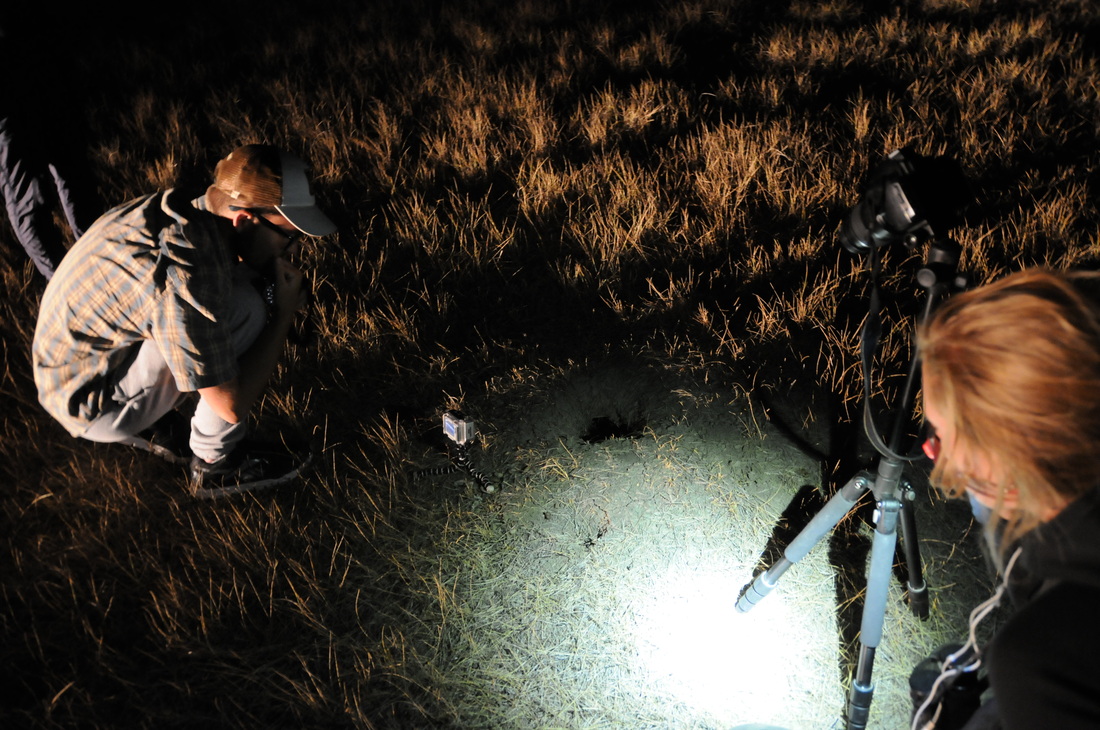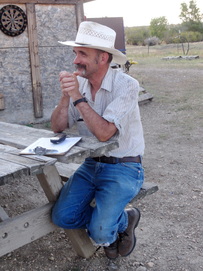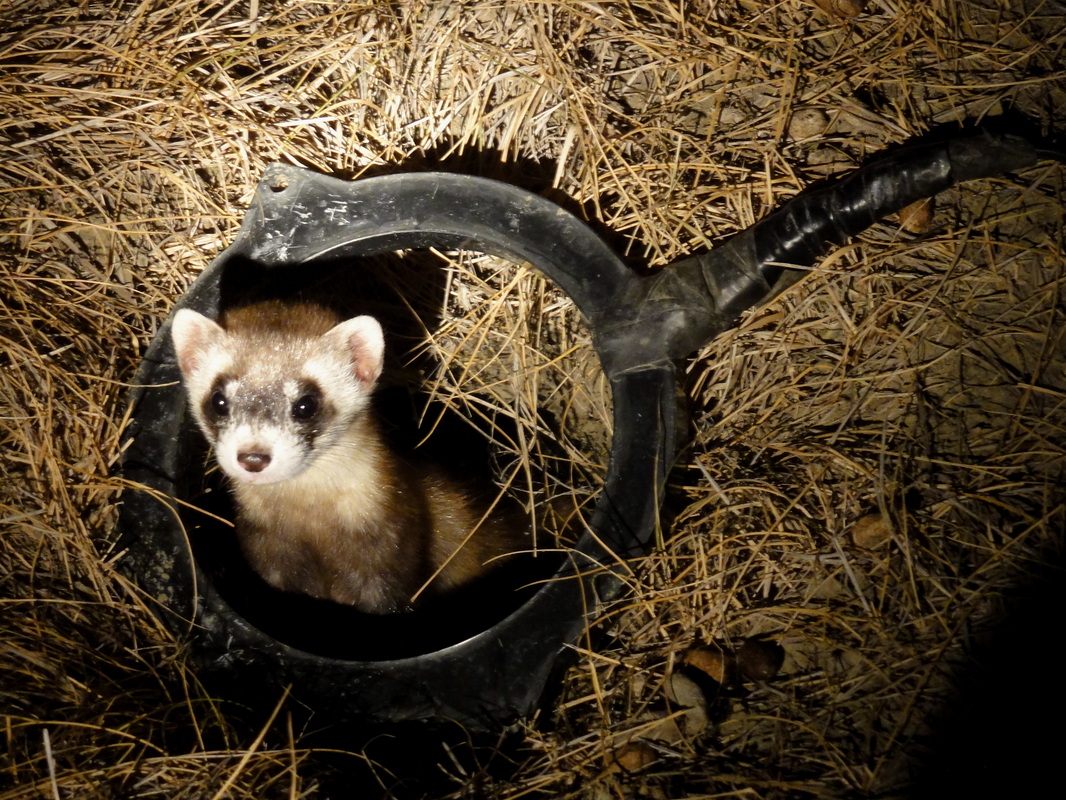The excitement in the car was palpable. It was after 2 a.m. on a mid-August morning, and we were quickly making our way to a prairie dog colony where a rare black-footed ferret had been spotted.
When we arrived, U.S. Fish and Wildlife Service biologist Randy Matchett was waiting in his truck, his vehicle-mounted spotlight trained on a burrow 25 yards away.
My first impression of him was that of a reserved man—quiet, but quick to smile, and rarely seen without his cowboy hat. Matchett earned both his undergrad and graduate degrees in wildlife biology from the University of Montana, and in 1987, began working doing projects on the CMR that included prairie dogs and black-footed ferrets.
|
Three other crew members and I had chosen to volunteer our much-prized sleeping hours to help Matchett’s team of scientists and technicians search for these elusive nocturnal animals over an area of eight to 10 square miles on the Charles M. Russell National Wildlife Refuge, adjacent to the American Prairie Reserve.
Black-footed ferrets have been classified as an endangered species in the U.S. since 1967, and it has taken decades of perseverance by people like Matchett to bring them to their current numbers: about 1,000 individuals in the wild, as of fall 2010. As we slowly walked toward the illuminated burrow, I tensed in anticipation. After several minutes of silence, a female ferret popped her head out of the prairie dog burrow she had commandeered, but a camera shutter’s click sent her scurrying back into safety. |
In the fight against extinction, every individual counts.
|
Although this was not part of our regular wildlife data collection duties, it was one of many connections made through Landmark, and another exciting night I’ve had while living here.
The next day as I mapped a prairie dog colony, GPS in hand, I had a better understanding of the importance of this ecosystem and the animals that call it home. I am thankful there are places like the American Prairie Reserve and the CMR, where the public can enjoy this beauty. |
Find more about the decline, recovery and threats to black-footed ferrets at blackfootedferret.org
and fws.gov. |





